Step Stencils in PCB Design
Step stencils optimize solder paste for varying component sizes in PCBs, enhancing reliability and reducing defects in complex designs with precision.
In the high-speed world of printed circuit board (PCB) manufacturing, precision comes in handy, especially when dealing with intricate designs packed with components of varying sizes and heights. With these needs head-on, step stencils are a valuable resource in ensuring successful assembly and optimal production outcomes.
What Are Step Stencils?
Step stencils or multi-level stencils are advanced tools used in surface mount technology (SMT) assembly for dispensing solder paste on PCBs. Unlike normal stencils with uniform thickness, step stencils have varying thicknesses thoughtfully planned throughout their field for fitting diverse component profiles. They accomplish this variation through precision methods such as laser cutting and etching.
The requirement for step stencils arises due to the nature of complex modern PCBs, which tend to have multiple components from small 0201 resistors up to big connectors or ball grid arrays (BGAs) on one board. Uniform distribution of solder paste may lead to insufficient coverage over large components and too much coverage over small components. Step stencils customize paste volumes per component size, removing these risks and enhancing assembly reliability.
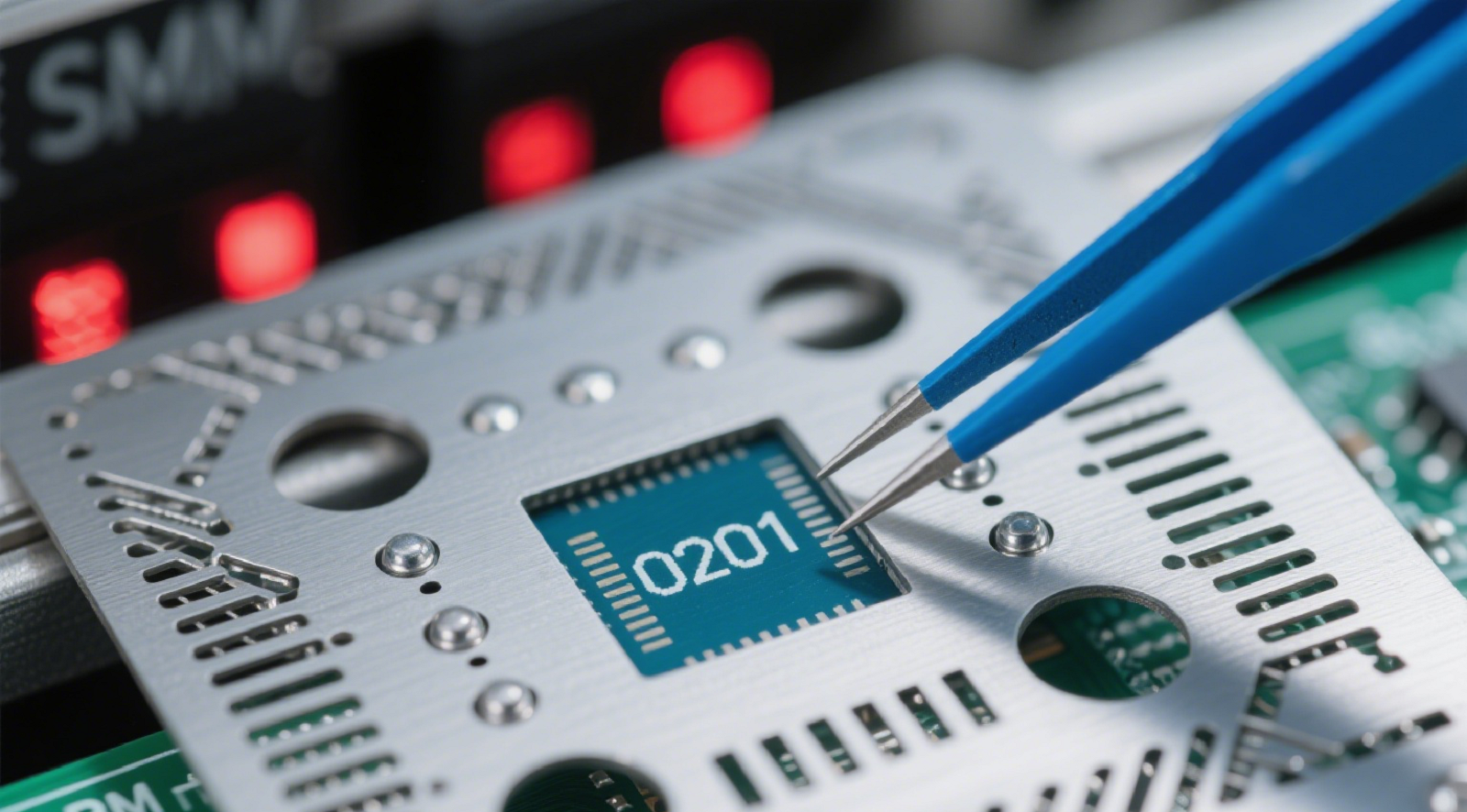
Addressing Component Height Variation
As chips shrink and pack more features, printed circuit board layouts also become more elaborate with components that vary in height from small chips to massive connectors. This is a significant problem for solder paste deposition. Smooth-thickness stencils widely used create uneven paste deposition that results in defects such as solder bridging or insufficient paste for more robust joints. Industry studies indicate that up to 60% of SMT assembly defects are caused by improper paste volume.
Step stencils effectively eliminate such defects by adjusting the paste deposition over the board. Thicker parts of the stencil deposit larger volumes of paste for larger devices and thin sections deposit only enough for smaller devices, minimizing defects and ensuring uniformity.
How Multi-Level Stencils Work
Multi-step stencils are custom built, with "steps" or regions of diverse thicknesses to cater to the needs of a PCB design. These steps range from as low as 0.1mm for fine-pitch components to as much as 0.25mm or even higher for larger components. During SMT assembly, solder paste is applied by a squeegee onto the stencil positioned above the PCB. Thickness differential of the stencil regulates the flow of paste through each opening, specifically addressing component specifications.
Examples:
Thin Steps: On fine-pitch components, the stencil releases a minimum amount of paste to avoid bridging.
Thick Steps: On larger components like BGAs, to give substantial paste to support strong, reliable solder joints.
This tailored treatment works well to manage component height variation and makes step stencils essential for intricate designs with a combination of various component types.
Benefits of Step Stencils in PCB Complexity
Step stencils have numerous benefits for complex PCB design, including:
Enhanced Solder Joint Reliability: Through the customization of solder paste volumes for individual components, step stencils significantly reduce the risks of defective joints, as attested to by studies that indicate a 30% decrease in solder joint failure compared to regular stencils.
Reduced Defects and Rework: By minimizing paste volumes and preventing common defects like solder bridging and tombstoning, step stencils save money and time in rework.
Flexibility to Handle Mixed Technology Boards: Step stencils are able to accommodate surface mount as well as through-hole components on one board, facilitating easier assembly.
Cost-Effectiveness: Although higher in initial cost, step stencils can help achieve cost savings in mass production through reduced defects and improved yields.
Applications and Best Practices in PCB Manufacturing
Step stencils are optimally suitable for high-PCB-complexity applications:
Consumer Electronics: Offers nearly perfect paste deposition for a wide variety of closely placed components.
Automotive Electronics: Suits assembling diverse components in harsh environments.
Medical Devices: Critical for assembling high-density boards where the need is high for reliability.
Industrial Equipment: Provides flexibility for boards that comprise both large components and fine-pitch ICs.
Best Practices:
Early cooperation with stencil makers during the design process is important so that the stencil's specifications match the requirements of the board.
Aperture designs need to be optimized so that there would be no over-deposition of paste, especially for components with high pitch.
Stringent testing and verification must be performed to confirm even paste deposition, employing tools like automated optical inspection (AOI) to enhance stencil designs and parameters.
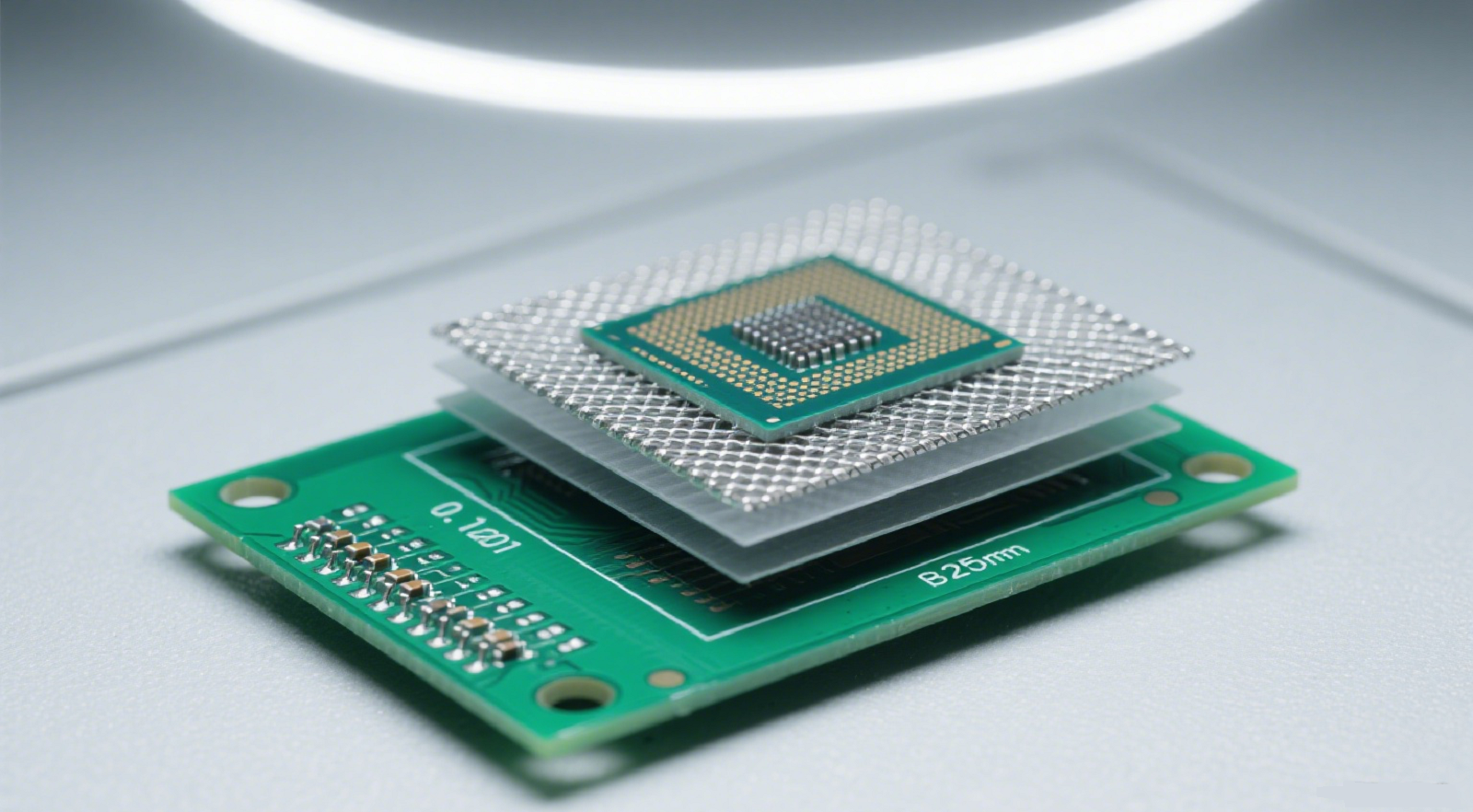
As manufacturers attempt to simplify complex PCB layouts, step stencils become a worthy asset. Step stencils enable manufacturers and engineers to maintain the finest quality and reliability while having control over solder paste at the level of precision. From consumer products to automotive systems, to medical devices, step stencils increase product consistency and manufacturing ease while allowing businesses to meet the rising demands of advanced electronic assemblies.
At PCBX, we're dedicated to driving innovation with the latest solutions for complex projects. Step stencils are a great example of the equipment we leverage to ensure your designs come to life, from concept to production. Partner with us to overcome the challenges of modern-day PCB complexity and enhance your assembly quality and efficiency.
Hot Tags:
Contact us

If you can't find what you're looking for, please contact us.
Article
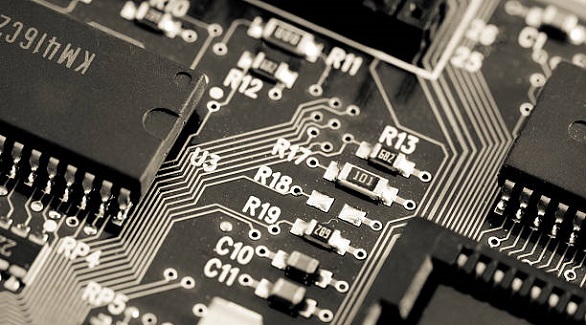
PCB stencils ensure precise solder paste application, vital for strong connections and efficient SMT assembly, reducing errors and enhancing product quality.
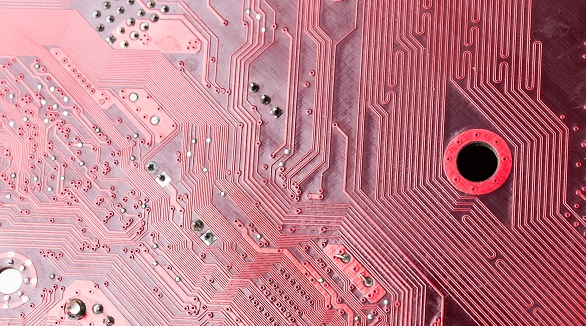
Solder masks protect PCBs, while paste masks aid precise component placement during assembly, both crucial for PCB reliability and efficiency in electronics.
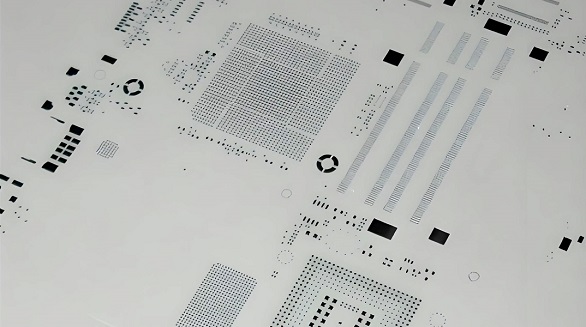
Solder paste stencils are crucial for accurate PCB assembly, offering precision and reduced defects. Various types, including laser-cut and hybrid, enhance manufacturing efficiency and product reliability.